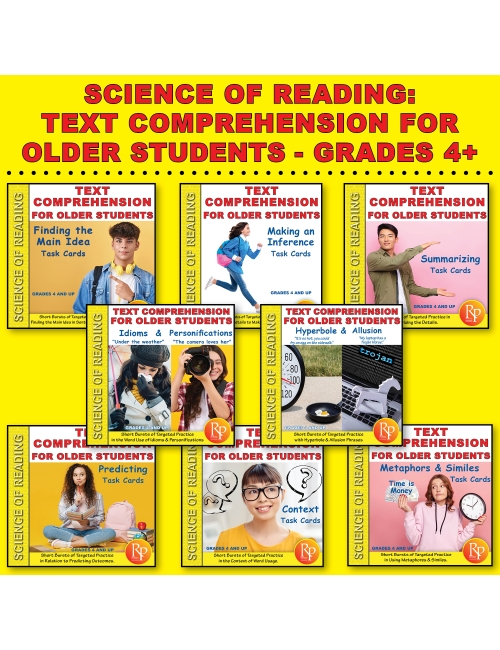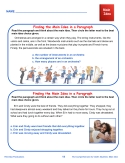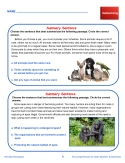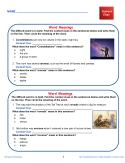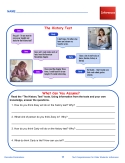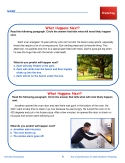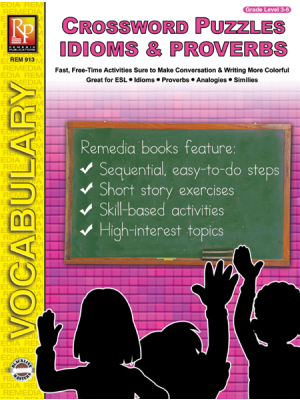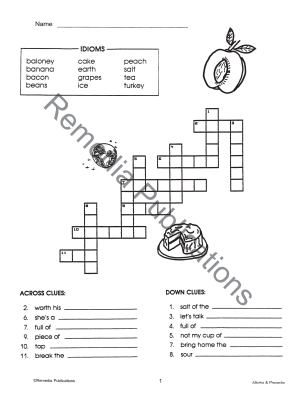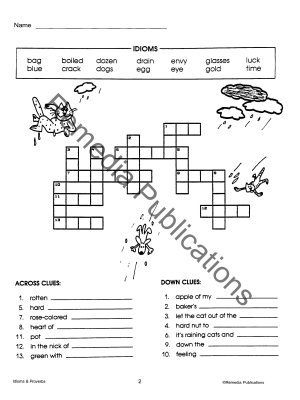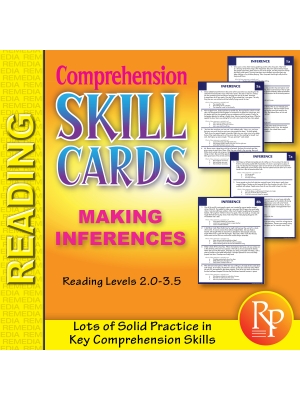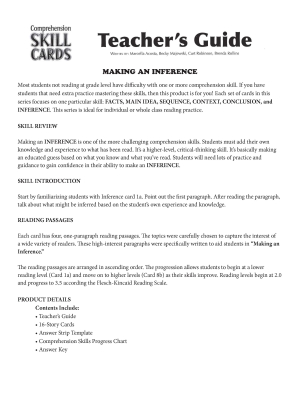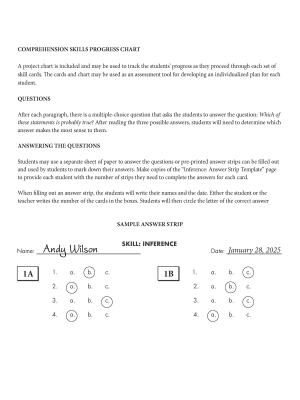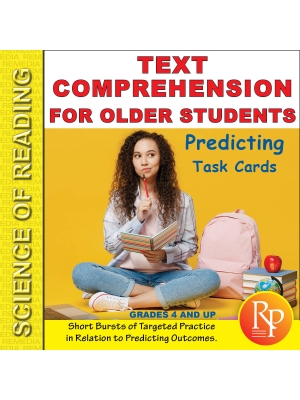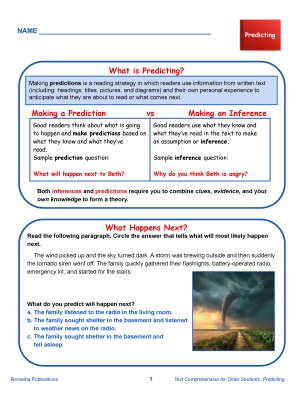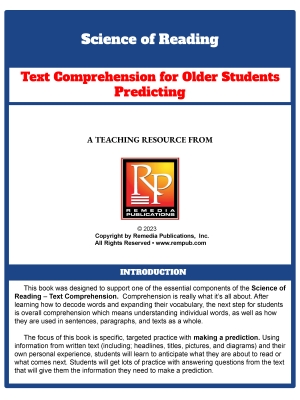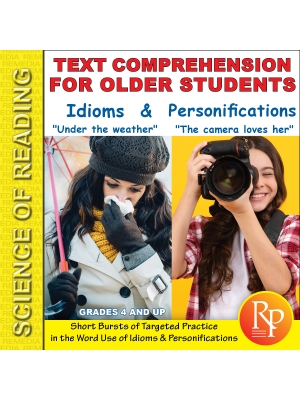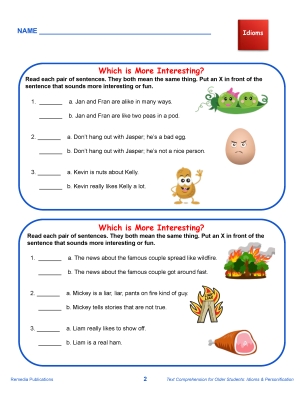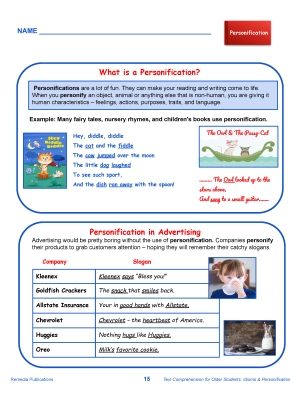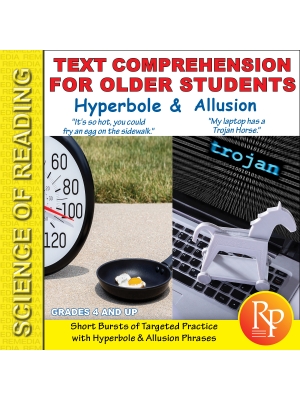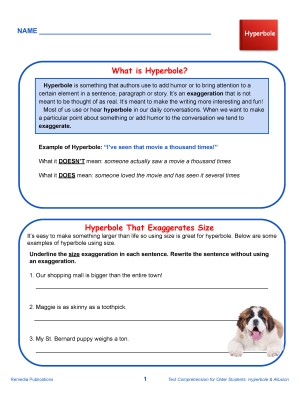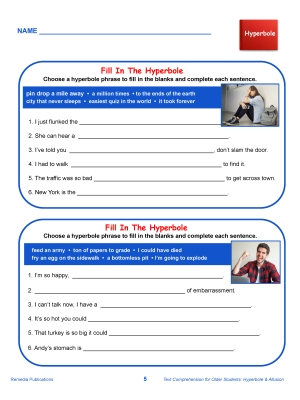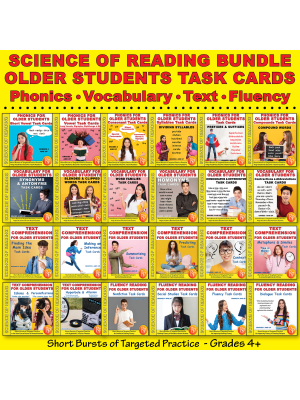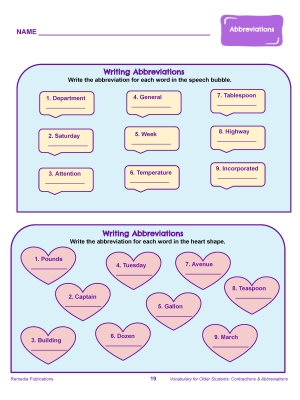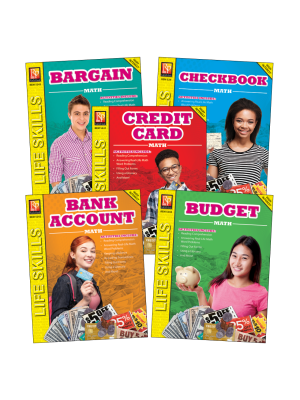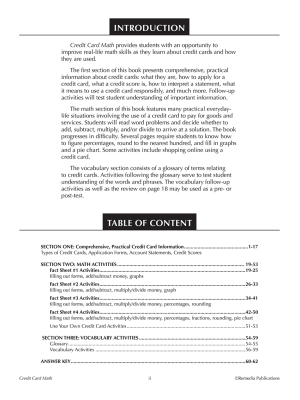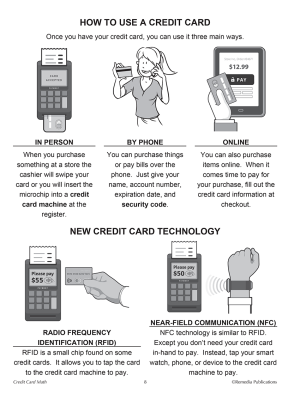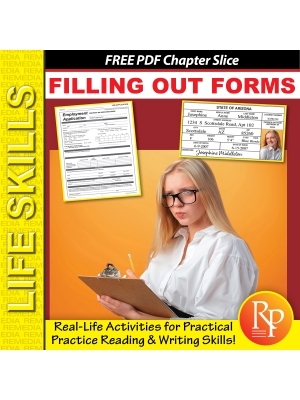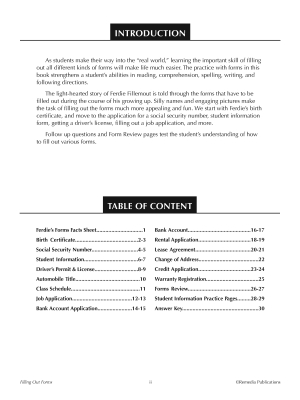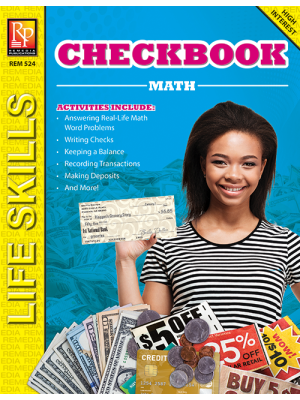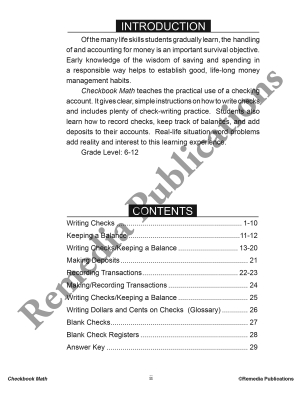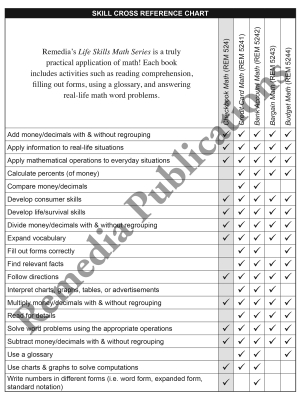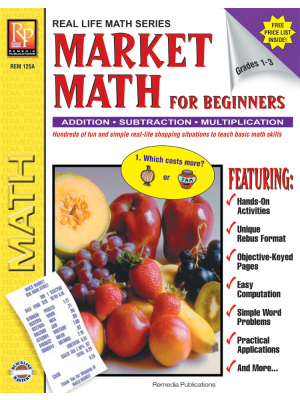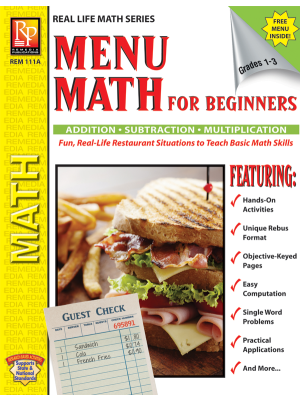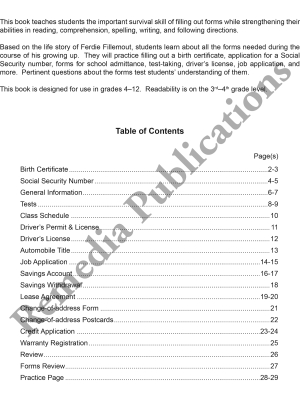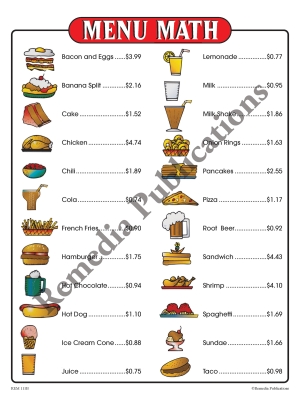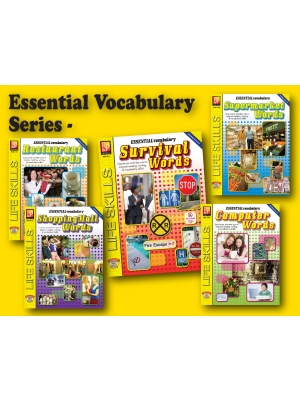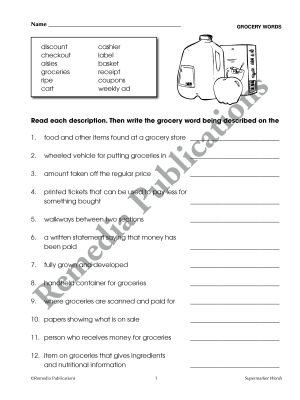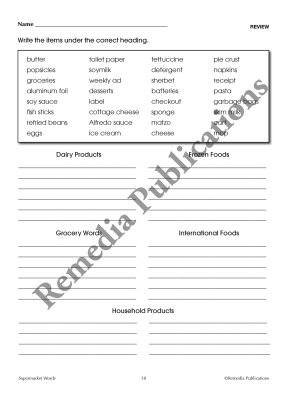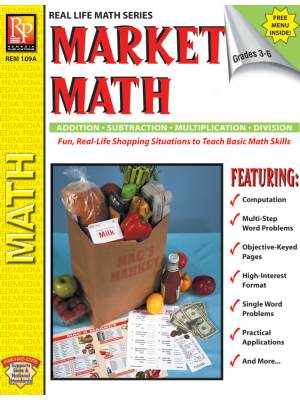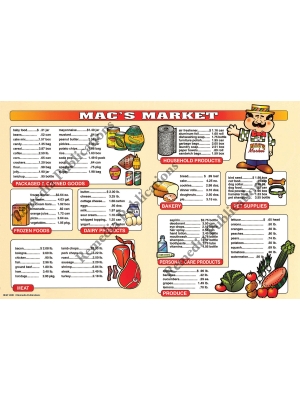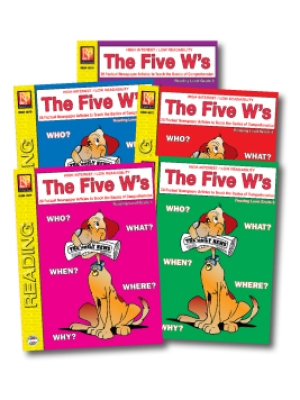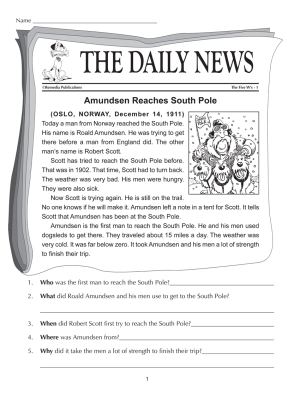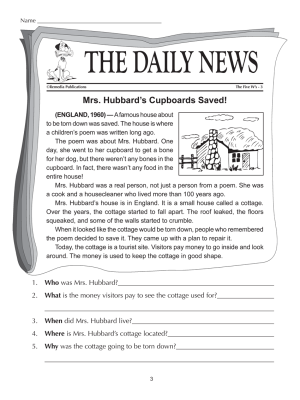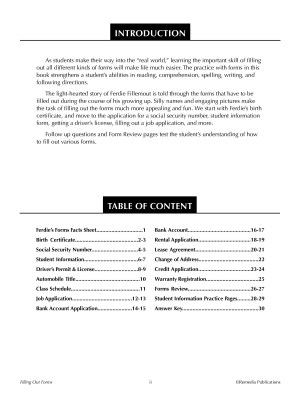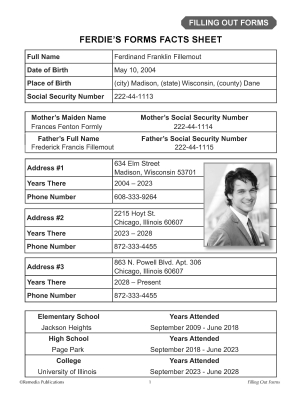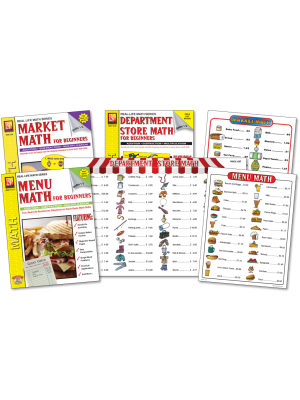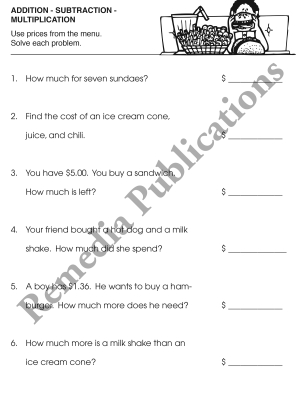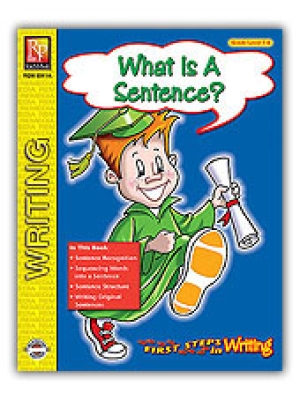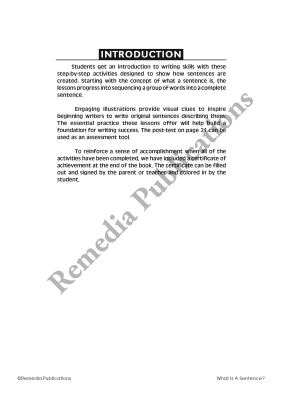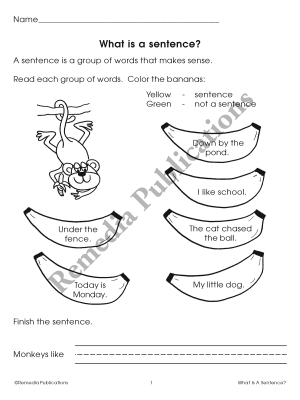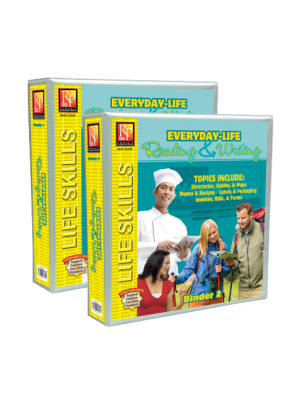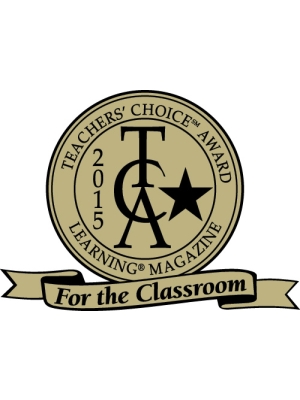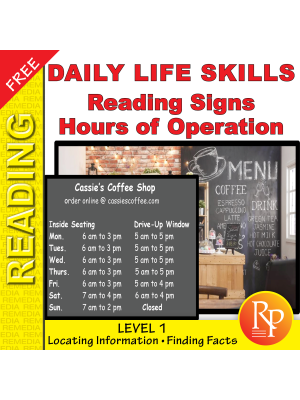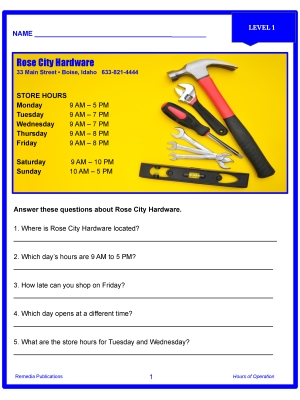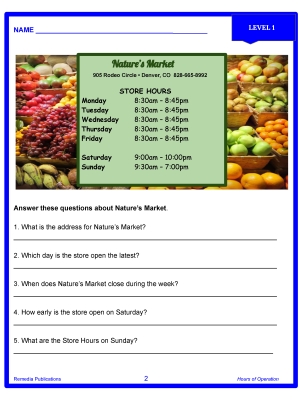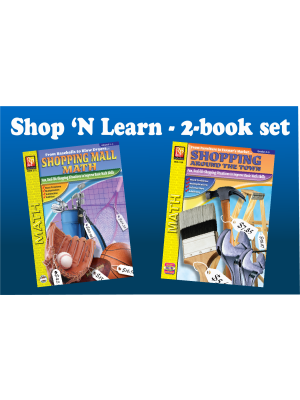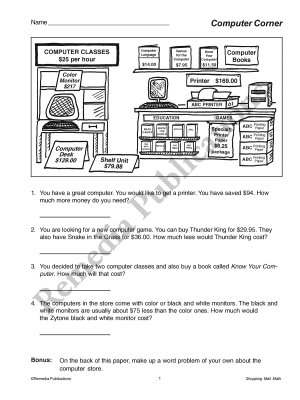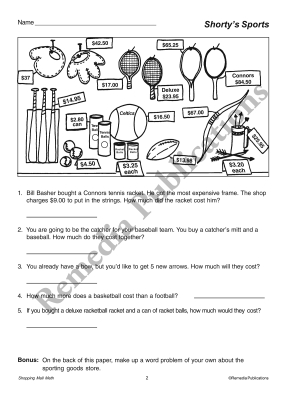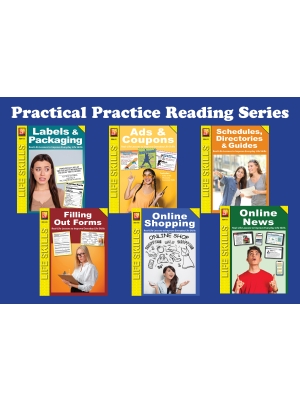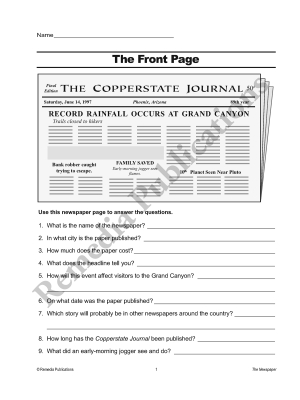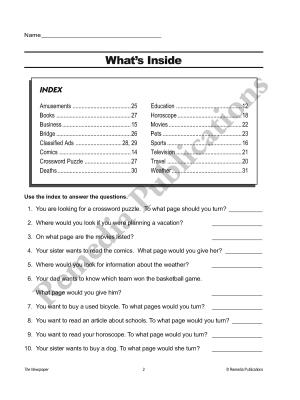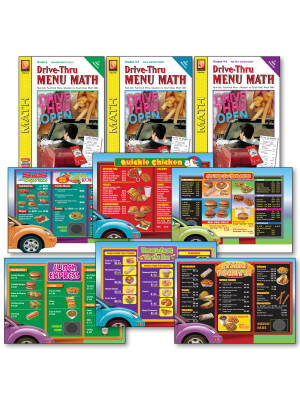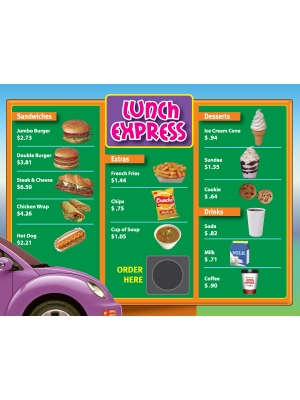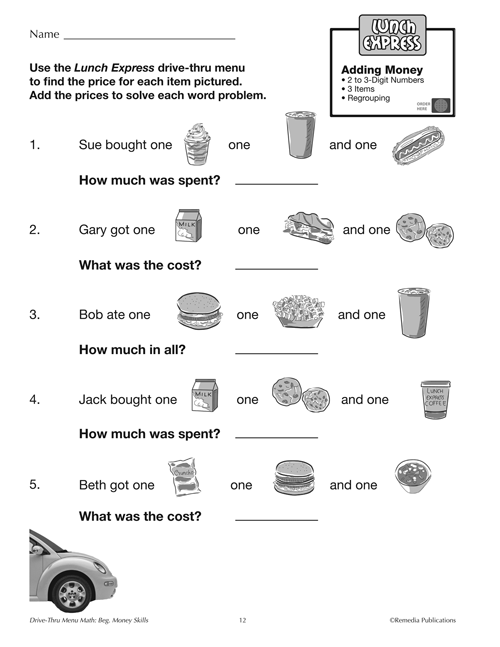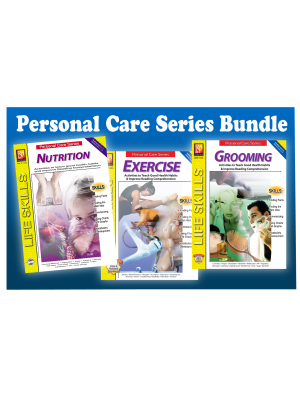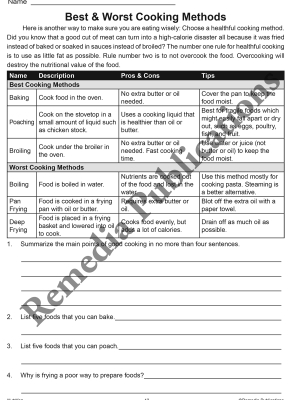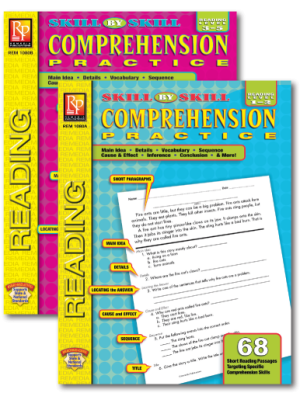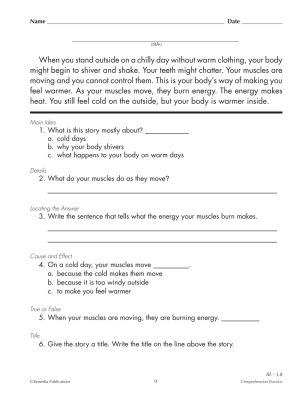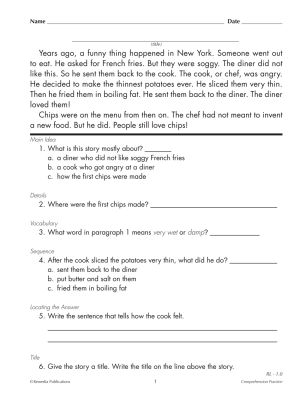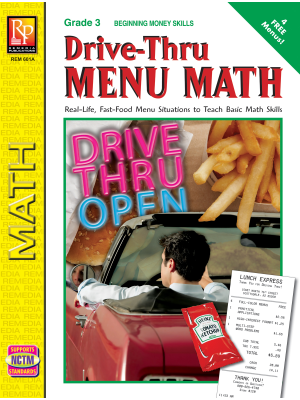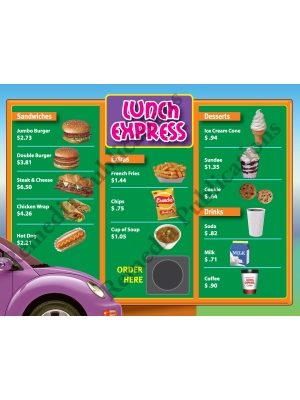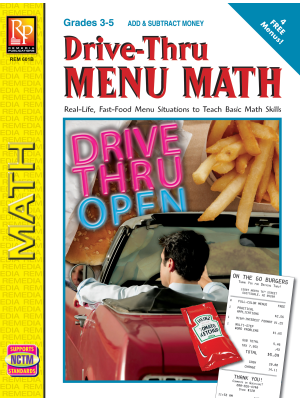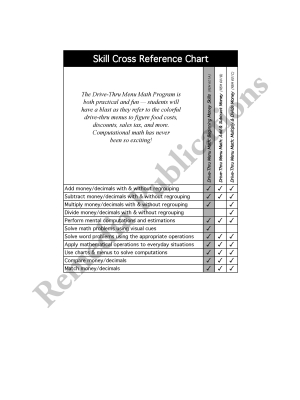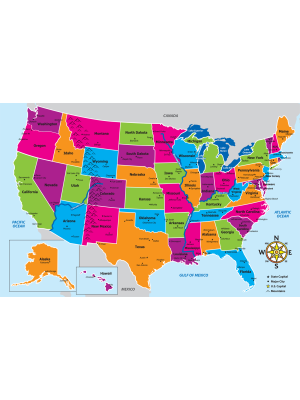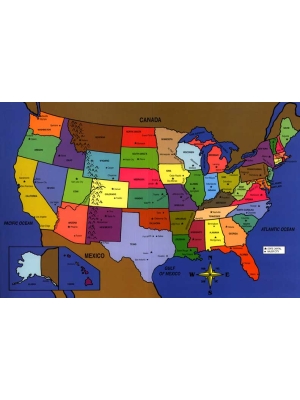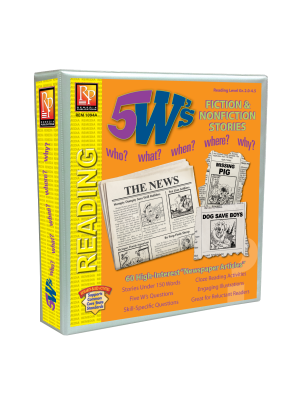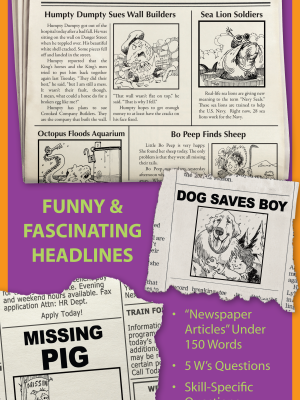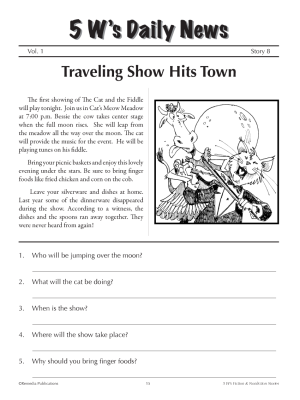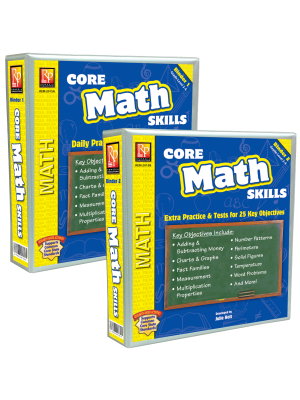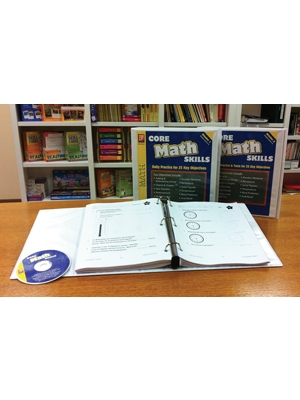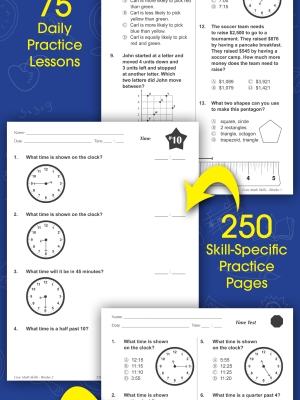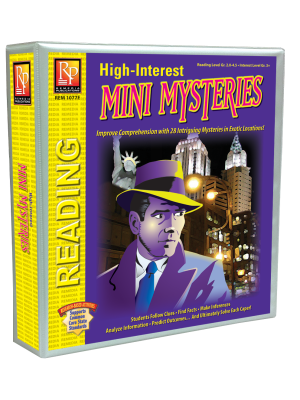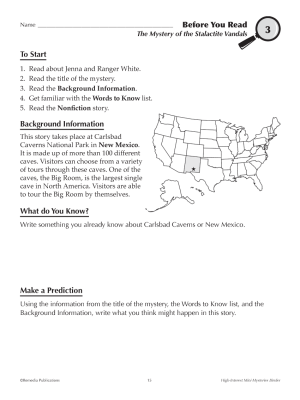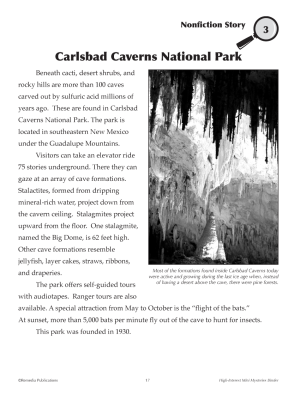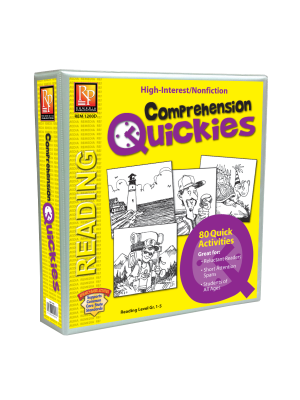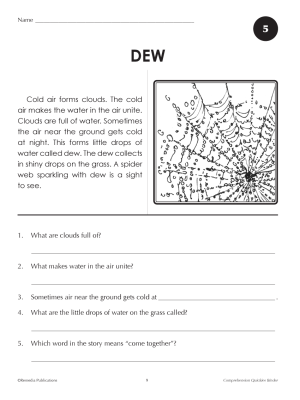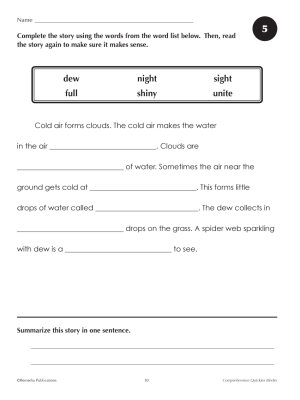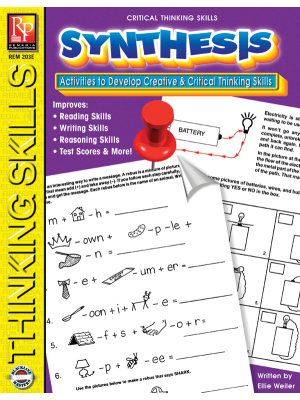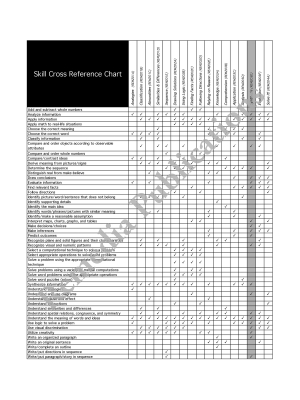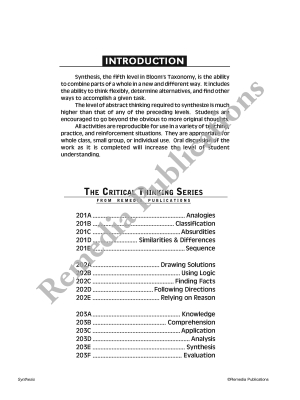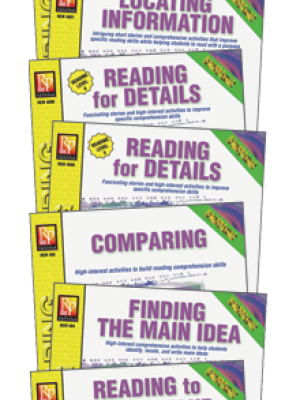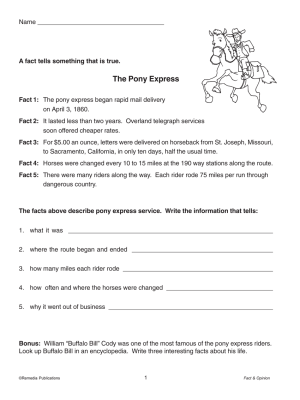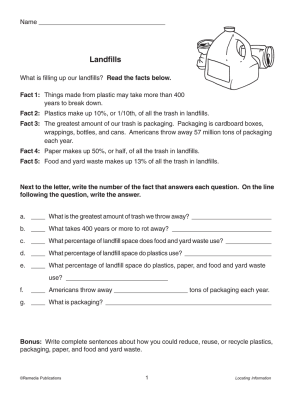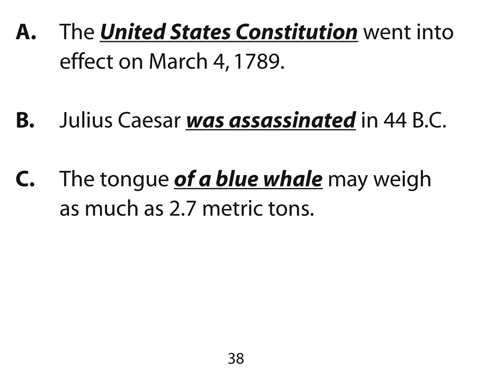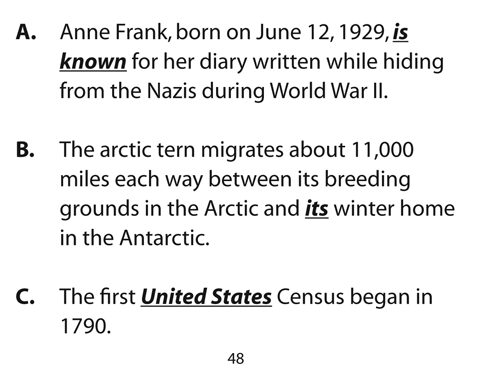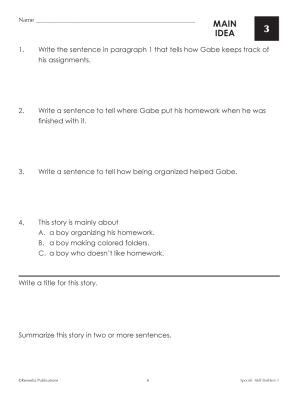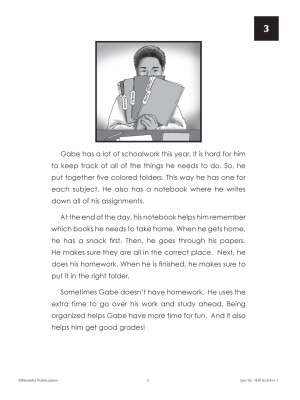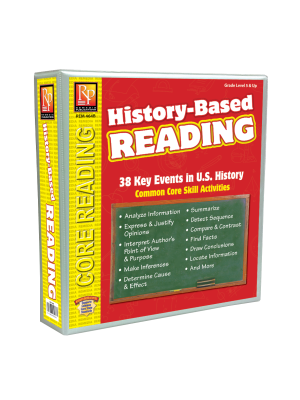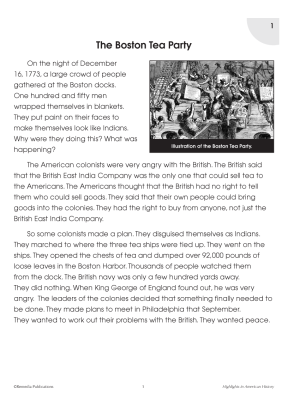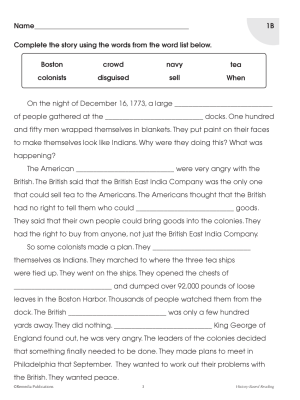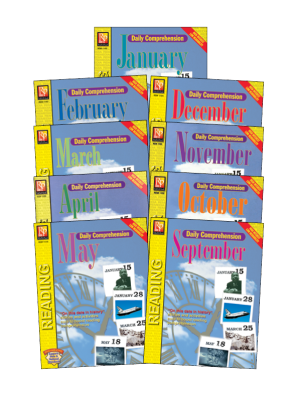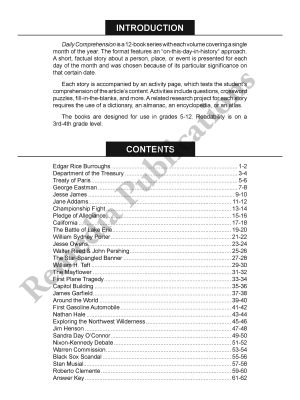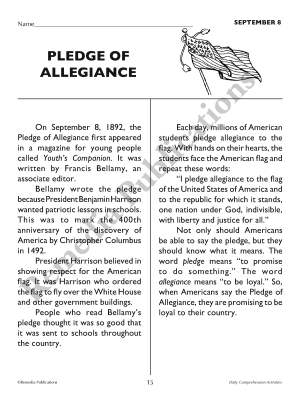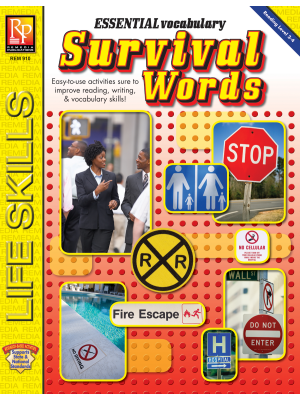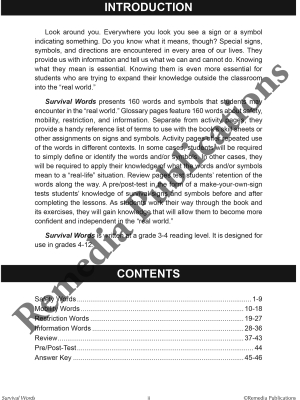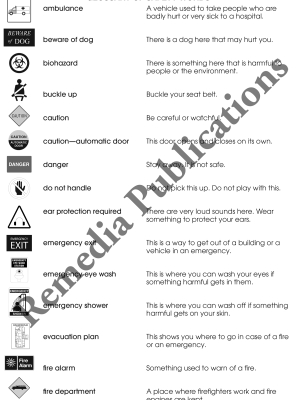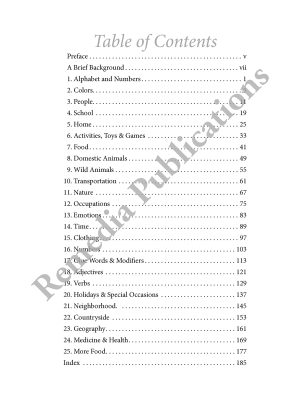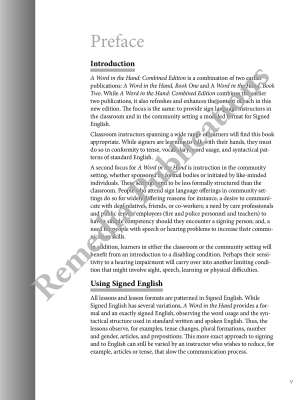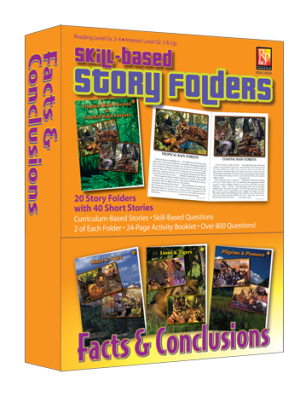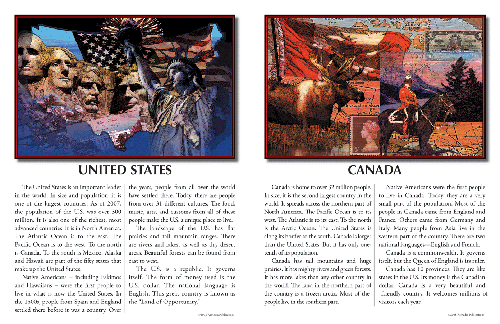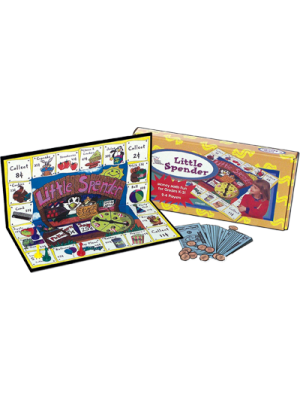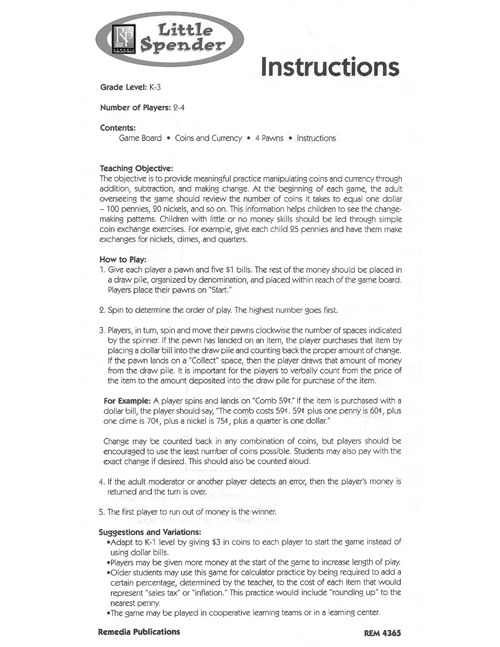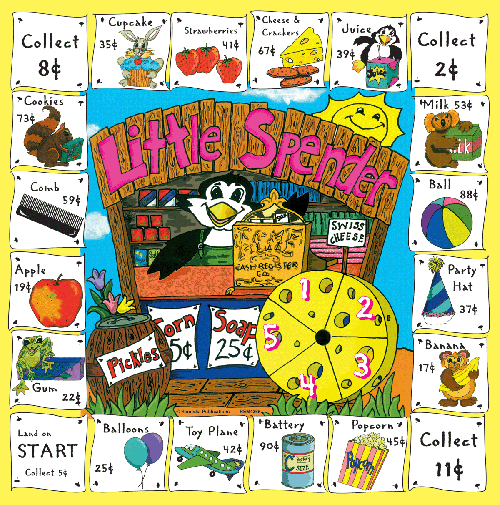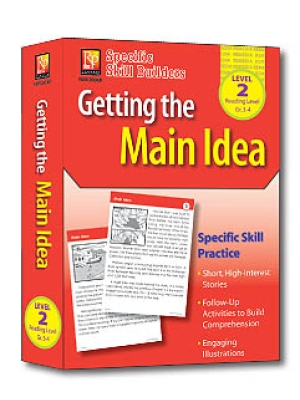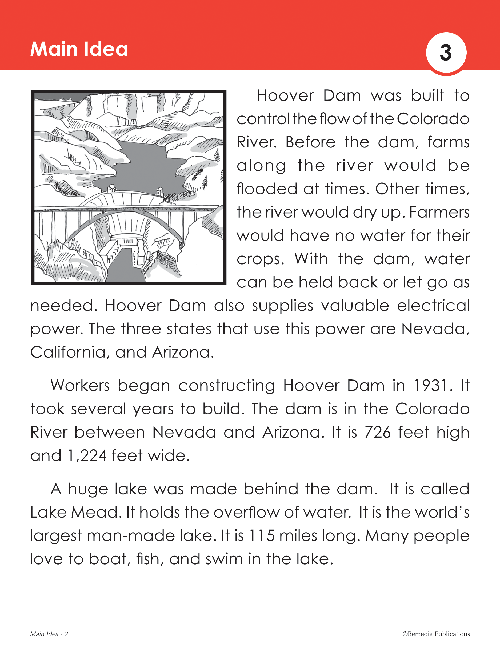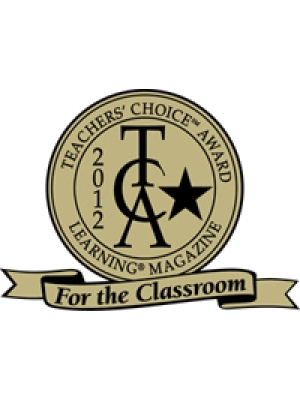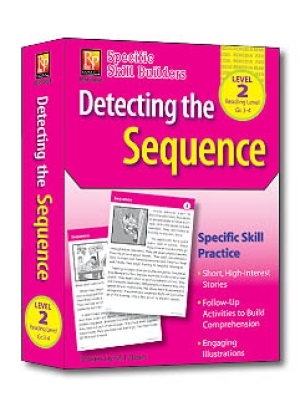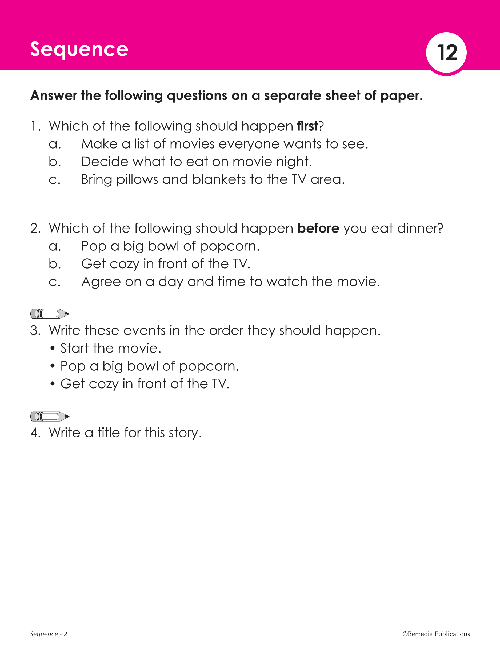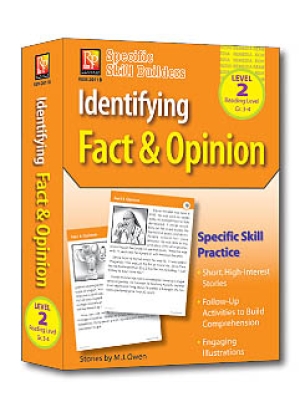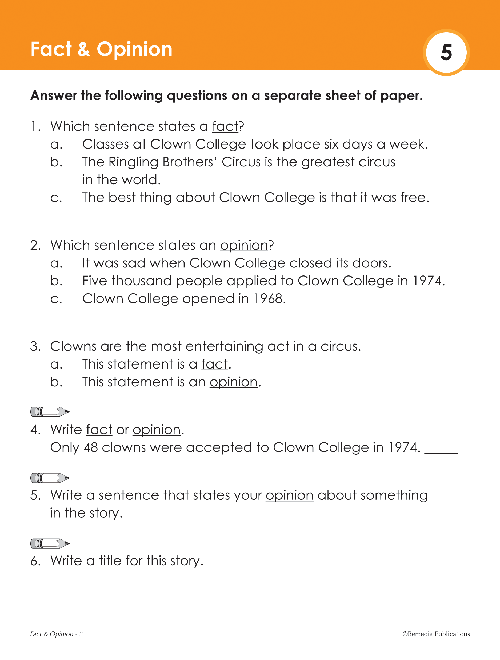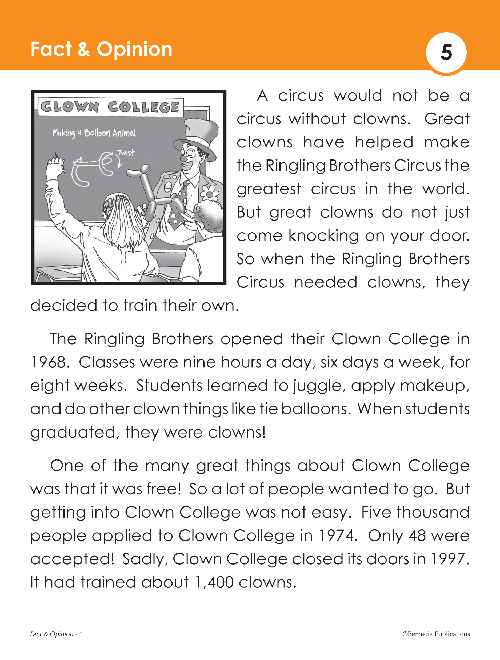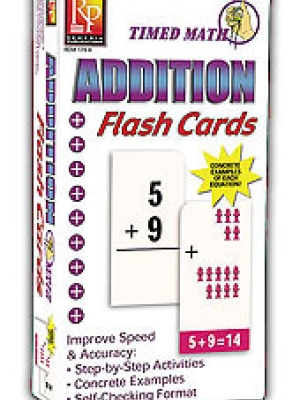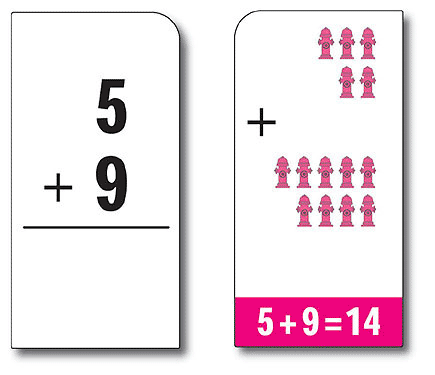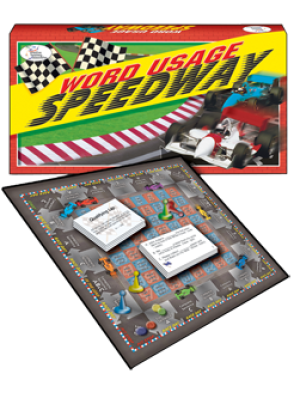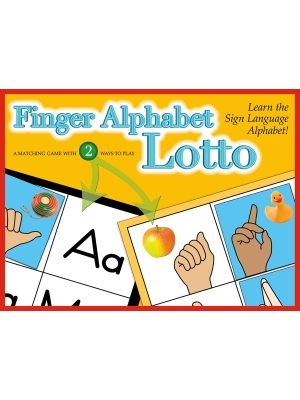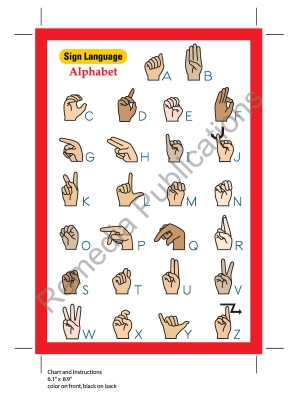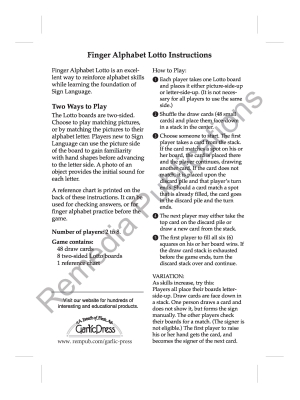Science of Reading, Comprehension Skills, Reading, Figurative Language
Understanding the meaning of any written text is the ultimate goal of all reading programs.
This bundle was designed to support just that. In the Science of Reading, Text Comprehension is what developing Phonics and Vocabulary skills is all about. After learning how to decode words and expand vocabulary, the next step for students is overall comprehension which means understanding individual words, as well as how they are used in sentences, paragraphs, and texts as a whole.
This set of 320 task cards includes practice with the key reading comprehension skills necessary for students to become more confident and fluent readers. The task cards also provide an introduction, explanation, and plenty of practice with figurative language.
Comprehension Skills Include:
• Finding the Main Idea: The starting point for comprehension, this skill gives students a foundation for a deeper discovery of meaning. The task card activities start with finding the main idea of a sentence and then progress to finding the main idea of a paragraph or short passage.
• Making an Inference: Mastering this skill enriches the text and expands its meaning to include what you already know. The task card activities help students understand that an inference is something not stated in the text but something you can assume based on certain details in the text and your own knowledge.
• Summarizing: This skill helps students make sense of longer pieces of writing because they are able to condense them to a shorter more concise version. The task card activities help students identify the main idea and details that tell about the main idea so that they can determine the most important parts of a reading passage.
• Context Clues: This skill is the secret to understanding unfamiliar or difficult words. Students will learn about the different kinds of context clues; explanations, definitions, synonyms, and antonyms so that they can effectively use context clues to define words they are not familiar with.
• Making a Prediction: Using this skill while reading text passages and stories is a sign of a deeper level of text comprehension and uses critical thinking skills. Predicting enriches the reading experience and can make it more interesting.
Figurative Language Includes:
• Similes and Metaphors: Knowing what a simile or metaphor is makes sentences, paragraphs, and stories much more exciting and interesting. The task card activities offer students the chance to become familiar with and understand dozens of figurative phrases which will enhance their reading experience.
• Idioms and Personification: Understanding the meaning of an idiom or personification enriches the reading experience. Were two birds really killed with one stone? Is her aunt’s heart really made of gold? A variety of activities, plus colorful, whimsical images that give visual clues, offer students the chance to become familiar with dozens of figurative phrases.
• Hyperbole and Allusion: Hyperbole is one of the most common and fun ways to spice up writing and conversation. A variety of activities provide students with many opportunities to understand and create the exaggerations that make up hyperbole. Allusions can be tricky if your not familiar with the reference. Some of the most common allusions and their references are presented to give students practice with this type of figurative language.
Grades 4 and Up
320 Task Cards
Answer Keys Included
Science of Reading for Older Students Text Comprehension Set
- Product Code: EREM 2213
- Viewed: 4503
- Availability: In Stock
$42.99
Science of Reading, Comprehension Skills, Reading, Figurative Language
Understanding the meaning of any written text is the ultimate goal of all reading programs.
This bundle was designed to support just that. In the Science of Reading, Text Comprehension is what developing Phonics and Vocabulary skills is all about. After learning how to decode words and expand vocabulary, the next step for students is overall comprehension which means understanding individual words, as well as how they are used in sentences, paragraphs, and texts as a whole.
This set of 320 task cards includes practice with the key reading comprehension skills necessary for students to become more confident and fluent readers. The task cards also provide an introduction, explanation, and plenty of practice with figurative language.
Comprehension Skills Include:
• Finding the Main Idea: The starting point for comprehension, this skill gives students a foundation for a deeper discovery of meaning. The task card activities start with finding the main idea of a sentence and then progress to finding the main idea of a paragraph or short passage.
• Making an Inference: Mastering this skill enriches the text and expands its meaning to include what you already know. The task card activities help students understand that an inference is something not stated in the text but something you can assume based on certain details in the text and your own knowledge.
• Summarizing: This skill helps students make sense of longer pieces of writing because they are able to condense them to a shorter more concise version. The task card activities help students identify the main idea and details that tell about the main idea so that they can determine the most important parts of a reading passage.
• Context Clues: This skill is the secret to understanding unfamiliar or difficult words. Students will learn about the different kinds of context clues; explanations, definitions, synonyms, and antonyms so that they can effectively use context clues to define words they are not familiar with.
• Making a Prediction: Using this skill while reading text passages and stories is a sign of a deeper level of text comprehension and uses critical thinking skills. Predicting enriches the reading experience and can make it more interesting.
Figurative Language Includes:
• Similes and Metaphors: Knowing what a simile or metaphor is makes sentences, paragraphs, and stories much more exciting and interesting. The task card activities offer students the chance to become familiar with and understand dozens of figurative phrases which will enhance their reading experience.
• Idioms and Personification: Understanding the meaning of an idiom or personification enriches the reading experience. Were two birds really killed with one stone? Is her aunt’s heart really made of gold? A variety of activities, plus colorful, whimsical images that give visual clues, offer students the chance to become familiar with dozens of figurative phrases.
• Hyperbole and Allusion: Hyperbole is one of the most common and fun ways to spice up writing and conversation. A variety of activities provide students with many opportunities to understand and create the exaggerations that make up hyperbole. Allusions can be tricky if your not familiar with the reference. Some of the most common allusions and their references are presented to give students practice with this type of figurative language.
Grades 4 and Up
320 Task Cards
Answer Keys Included

